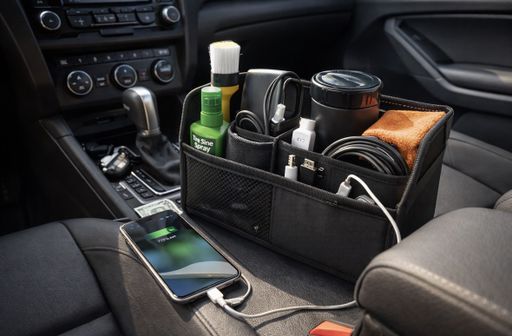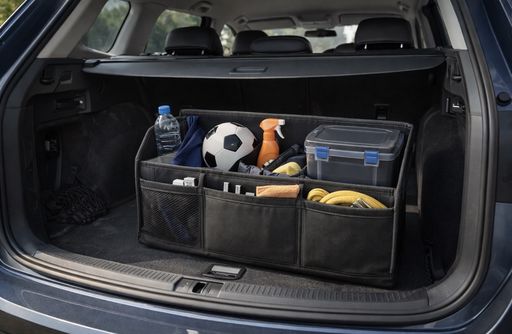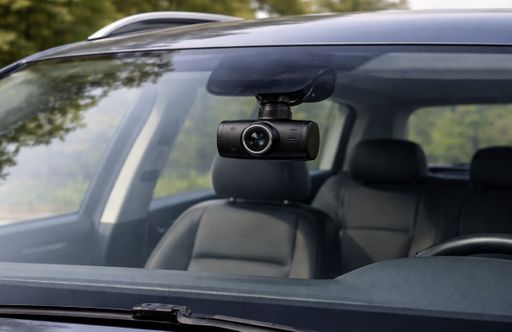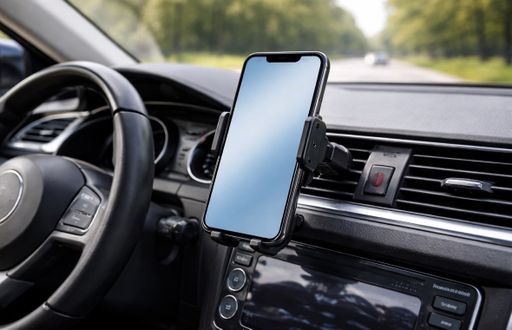Abarth 500 595 695 vs Hyundai Staria - Differences and prices compared
Compare performance (155 HP vs 225 HP), boot space and price (32600 £ vs 42400 £) at a glance. Find out which car is the better choice for you – Abarth 500 595 695 or Hyundai Staria?
Costs and Efficiency:
When it comes to price and running costs, the biggest differences usually appear. This is often where you see which car fits your budget better in the long run.
Abarth 500 595 695 has a evident advantage in terms of price – it starts at 32600 £, while the Hyundai Staria costs 42400 £. That’s a price difference of around 9866 £.
Engine and Performance:
Power, torque and acceleration are the classic benchmarks for car enthusiasts – and here, some clear differences start to show.
When it comes to engine power, the Hyundai Staria has a evident edge – offering 225 HP compared to 155 HP. That’s roughly 70 HP more horsepower.
In acceleration from 0 to 100 km/h, the Abarth 500 595 695 is decisively quicker – completing the sprint in 7 s, while the Hyundai Staria takes 10.20 s. That’s about 3.20 s faster.
There’s also a difference in torque: Hyundai Staria pulls noticeable stronger with 367 Nm compared to 235 Nm. That’s about 132 Nm difference.
Space and Everyday Use:
Beyond pure performance, interior space and usability matter most in daily life. This is where you see which car is more practical and versatile.
Seats: Hyundai Staria offers significantly more seating capacity – 9 vs 4.
In curb weight, Abarth 500 595 695 is clearly lighter – 1410 kg compared to 2275 kg. The difference is around 865 kg.
In terms of boot space, the Hyundai Staria offers significantly more room – 831 L compared to 185 L. That’s a difference of about 646 L.
When it comes to payload, Hyundai Staria convincingly takes the win – 775 kg compared to 385 kg. That’s a difference of about 390 kg.
Who comes out on top?
Overall, the Hyundai Staria shows itself to be leads convincingly overall and secures the title of DriveDuel Champion.
It convinces with the more balanced overall package and proves to be the more versatile choice for everyday use.

Hyundai Staria
Costs and Consumption
View detailed analysis
Engine and Performance
View detailed analysis
Dimensions and Body
View detailed analysis
Abarth 500 595 695
The Abarth 500, particularly in its 595 and 695 renditions, captures the spirit of Italian motoring with its compact yet aggressive design. Known for its lively performance and distinctive styling, this little powerhouse is a joy to drive, offering an engaging experience that appeals to enthusiasts. With its rich motorsport heritage, the Abarth 500 embodies the essence of fun and excitement on both the streets and the race track.
details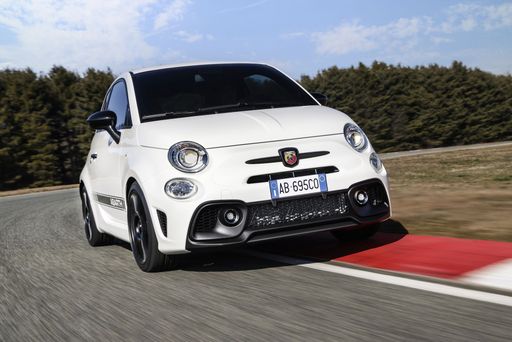
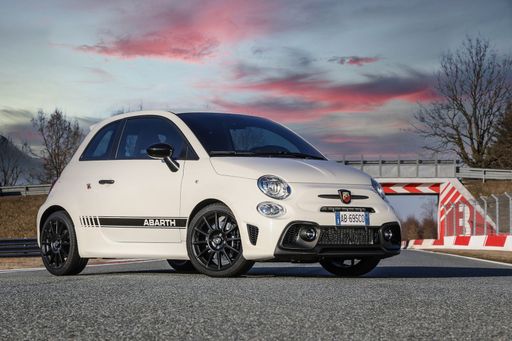
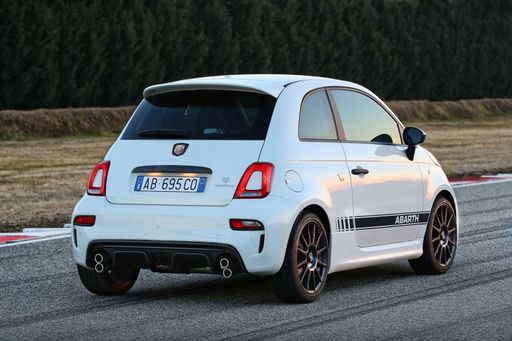
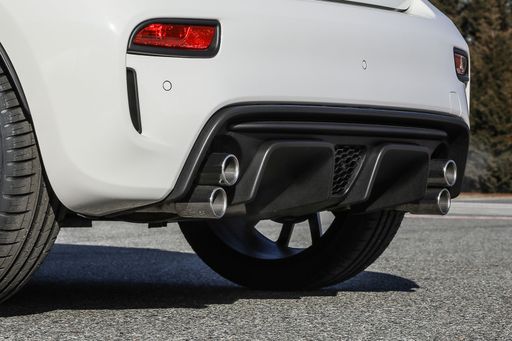

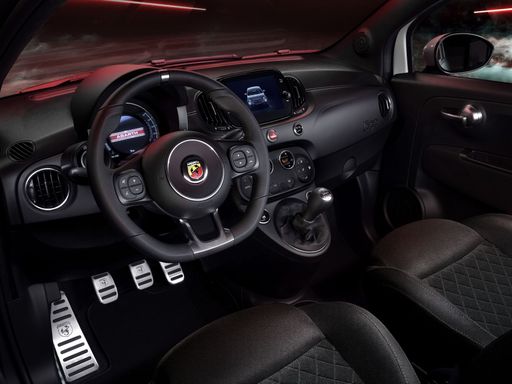
Hyundai Staria
Hyundai Staria looks like a friendly spaceship, its sweeping glass and soft edges turning a people‑mover into a design statement that actually gets noticed. Inside it's airy and practical — perfect for families or anyone who likes travelling in comfort and style, with enough flexibility to swallow luggage and weekend plans without drama.
details





Costs and Consumption |
|
|---|---|
|
Price
32600 - 39400 £
|
Price
42400 - 50500 £
|
|
Consumption L/100km
-
|
Consumption L/100km
7.60 L
|
|
Consumption kWh/100km
17.1 - 18.8 kWh
|
Consumption kWh/100km
-
|
|
Electric Range
242 - 265 km
|
Electric Range
-
|
|
Battery Capacity
37.80 kWh
|
Battery Capacity
-
|
|
co2
0 g/km
|
co2
172 g/km
|
|
Fuel tank capacity
-
|
Fuel tank capacity
-
|
Dimensions and Body |
|
|---|---|
|
Body Type
Hatchback
|
Body Type
Bus
|
|
Seats
4
|
Seats
7 - 9
|
|
Doors
3
|
Doors
-
|
|
Curb weight
1410 - 1435 kg
|
Curb weight
2275 - 2345 kg
|
|
Trunk capacity
185 L
|
Trunk capacity
117 - 831 L
|
|
Length
3673 mm
|
Length
-
|
|
Width
1682 mm
|
Width
1997 mm
|
|
Height
1518 mm
|
Height
-
|
|
Max trunk capacity
550 L
|
Max trunk capacity
-
|
|
Payload
370 - 385 kg
|
Payload
605 - 775 kg
|
Engine and Performance |
|
|---|---|
|
Engine Type
Electric
|
Engine Type
Full Hybrid
|
|
Transmission
Automatic
|
Transmission
Automatic
|
|
Transmission Detail
Reduction Gearbox
|
Transmission Detail
Automatic Gearbox
|
|
Drive Type
Front-Wheel Drive
|
Drive Type
Front-Wheel Drive
|
|
Power HP
155 HP
|
Power HP
225 HP
|
|
Acceleration 0-100km/h
7 s
|
Acceleration 0-100km/h
10.20 s
|
|
Max Speed
155 km/h
|
Max Speed
-
|
|
Torque
235 Nm
|
Torque
367 Nm
|
|
Number of Cylinders
-
|
Number of Cylinders
4
|
|
Power kW
114 kW
|
Power kW
165 kW
|
|
Engine capacity
-
|
Engine capacity
1598 cm3
|
General |
|
|---|---|
|
Model Year
2023
|
Model Year
2024
|
|
CO2 Efficiency Class
A
|
CO2 Efficiency Class
F
|
|
Brand
Abarth
|
Brand
Hyundai
|
Is the Abarth 500 595 695 offered with different drivetrains?
The Abarth 500 595 695 is offered with Front-Wheel Drive.
The prices and data displayed are estimates based on German list prices and may vary by country. This information is not legally binding.

